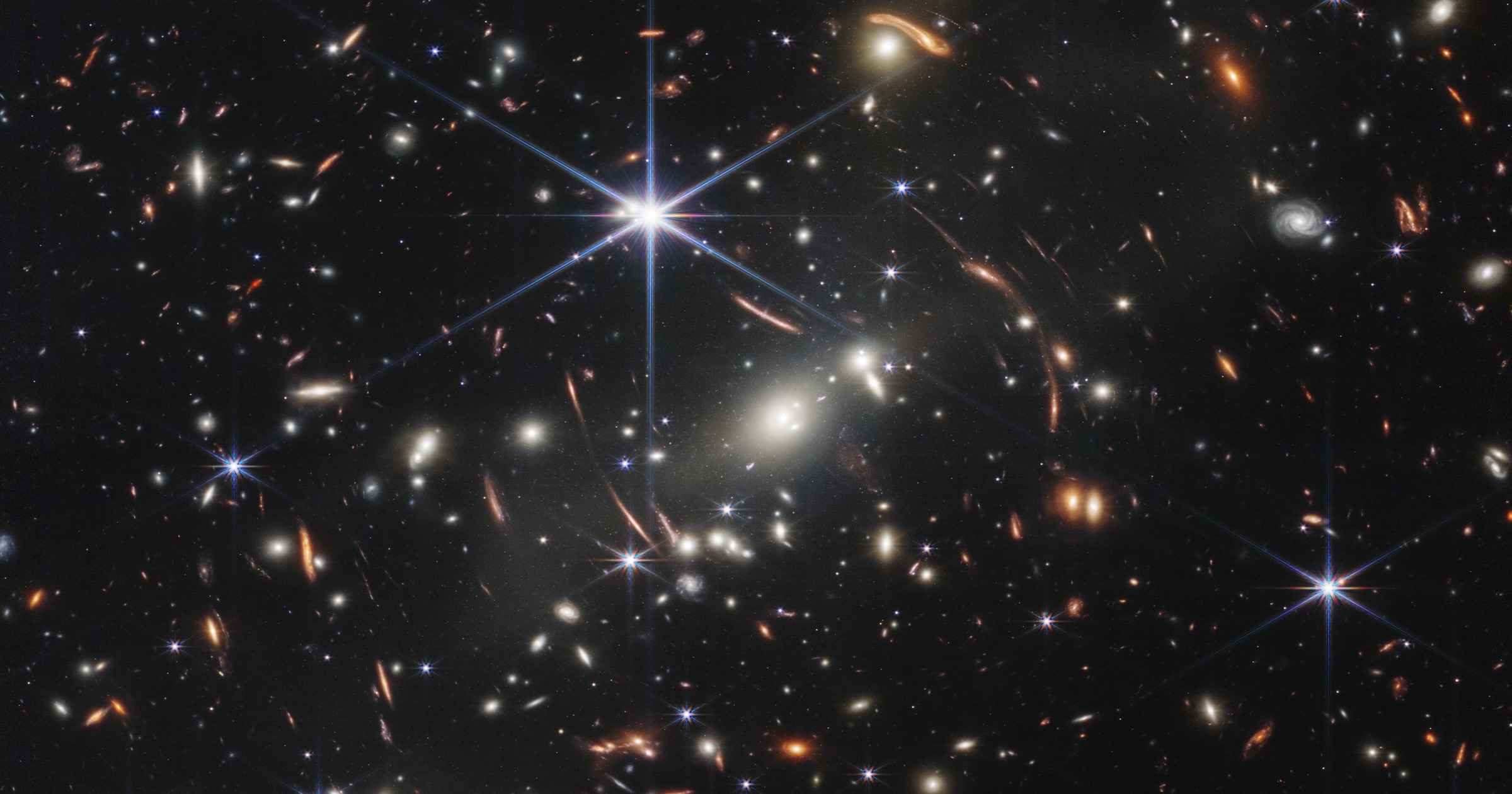 Faith & Science
Faith & Science
 Intelligent Design
Intelligent Design
 Physics, Earth & Space
Physics, Earth & Space
Count the Stars: Webb Space Telescope and the God Hypothesis

I was listening to the Dennis Prager Show earlier today and found to my delight that Prager’s guest for the hour was our friend Brian Keating, the UC San Diego cosmologist who has had some quite interesting interactions with Stephen Meyer about Return of the God Hypothesis. They were discussing the new images from the James Webb Space Telescope. Keating made a connection to the Bible that I hadn’t thought of. Prager asked him if he thought the spectacular new images, showing the universe as it was not so terribly long after the Big Bang, will persuade any atheist scientists to reconsider the hypothesis of a creator.
Brian did not affirm or deny the possibility, but he quoted Genesis and God’s words to Abraham, “Gaze, now, toward the heavens, and count the starts if you are able to count them.” Abraham was assured that “So shall your offspring be.”
The images of ancient stars and galaxies — count them if you can — call to mind that promise. Brian also quoted Psalm 19, “The heavens declare the glory of God, and the expanse of the sky tells of His handiwork.” It’s encouraging to find a scientist who is both as distinguished as Dr. Keating, and so unabashed about talking this way and about considering the argument in Meyer’s book. It may be noteworthy, too, that the Bible points to the heavens, more than it does to terrestrial life, as demonstrating God’s existence and power. Of the three scientific discoveries that Dr. Meyer details in Return of the God Hypothesis, two (the Big Bang, and the cosmic fine-tuning) also have to do with the heavens. The third is the intelligent design of life.
It’s a very entertaining conversation that you can hear now if you subscribe to Pragertopia.com. Also be sure to sign up for Dr. Keating’s mailing list, where you can you can win an iron fragment of one of the Campo del Ciego meteorites, estimated to be more than 4 billion years old.
To Answer Prager’s Question
The photo at the top is one of the images released from the Webb telescope. As NASA points out, though, about this “light from galaxies that traveled billions of years to us”:
This image isn’t the farthest back we’ve ever observed. Non-infrared missions like COBE and WMAP saw the universe much closer to the Big Bang (about 380,000 years after), when there was only microwave background radiation, but no stars or galaxies yet. Webb sees a few 100 million years after the Big Bang.
To answer Prager’s question, if hardcore atheists weren’t persuaded by those earlier images, from so very close to the moment of the Big Bang, I’m not sure I would recommend holding your breath and waiting for many changed minds in response to what is coming to us now from the Webb telescope.
For more, see Meyer’s Newsweek piece from last week, “How Science Stopped Backing Atheists and Started Pointing Back to God.”
